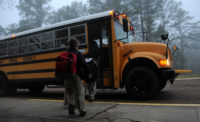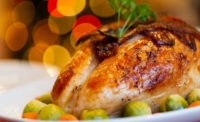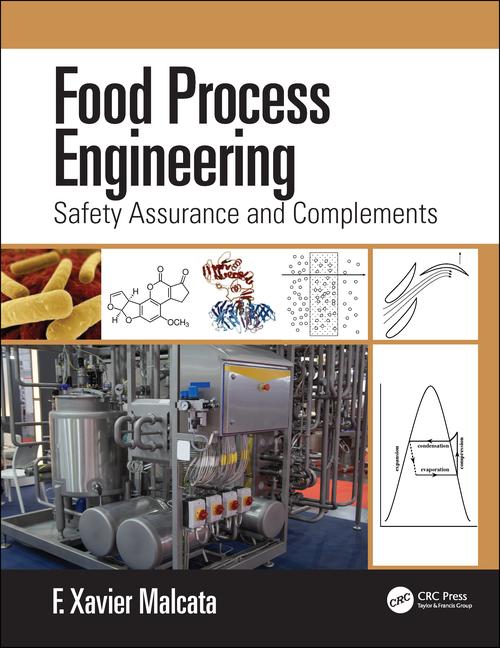FSIS offers Super Bowl food safety tips

 With the big game only a few days away, millions of Americans will load up on food in anticipation of the Super Bowl-sized appetites needing to be satisfied as they gather with friends and family to watch the big game.
With the big game only a few days away, millions of Americans will load up on food in anticipation of the Super Bowl-sized appetites needing to be satisfied as they gather with friends and family to watch the big game.
Yes the Super Bowl is about the game—and in part the commercials—but the truth is people are just as likely to associate the event with the array of mouth-watering food they will enjoy during it.
Outside of Thanksgiving, Super Bowl Sunday is the second largest food consumption day of the year in the US. Though because of this, there are more opportunities for there to be slips in food safety.
“While chips, finger foods, and dips might be a football fan favorite, these dishes involve a lot of people sharing communal items, which increases the risk of foodborne illness,” warns USDA’s Food Safety and Inspection Service (FSIS). “Also if you serve buffet style, that means foods will be left out for long periods of time—all of these scenarios can be recipes for disaster.”
According to FSIS, Kansas State University released the results of a recent study this month that tracked food handling behavior of parents’ in the kitchen. The results showed that after preparing a test meal with meat injected with bacteria, 82 percent of the participants left meat-originating bacteria around the kitchen.
To keep instances like this down, FSIS has issued its “food safety playbook” to keep food safe.
On cooking chicken wings, FSIS urges consumers to:
Make sure your frying oil temperature is 375 °F before starting to fry.
Before frying, pat dry the chicken wings to prevent oil splatter when submerged in hot oil.
Make sure not to overcrowd the chicken wings in the frying basket. If the wings are crowded, they can be undercooked.
To take a temperature of your wings, place them on a clean plate covered in paper toweling. Use a clean food thermometer to check the internal temperature, for food safety the temp should be 165 °F. You should measure several wings before you finish cooking each batch.
If the wings are below the minimum safe internal temperature of 165 °F submerge them again in the hot oil.
For a buffet, FSIS advises:
Keep hot food hot and cold food cold.
Hot foods must have a heat source to keep them at or warmer than 140 °F.
Cold foods should be kept on ice to remain at a safe temperature at or below 40 °F.
Perishable foods left out longer than two hours should be discarded and replenished with fresh servings.
For clean hands and safe towels, FSIS says consumers should:
Wash hands with soap and warm water for 20 seconds to avoid spreading bacteria to your towels.
Never reuse paper towels. This product is for single use only. When used multiple times, bacteria can find their way onto the towel and hitch a ride around the kitchen.
Kitchen towels build up bacteria after multiple uses. To keep the bacteria from getting the upper hand, you should wash your kitchen towels frequently in the hot cycle of your washing machine.
Looking for a reprint of this article?
From high-res PDFs to custom plaques, order your copy today!








